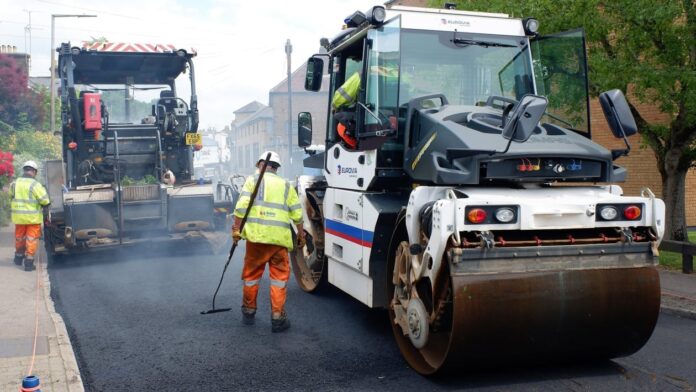The UK’s notorious pothole problem might be finally seeing some targeted action. New data suggests a significant jump in surface dressing—a key preventative measure against potholes—following recent pressure from the government on local councils.
Between April and September 2025, a whopping 44.4 square meters of surface dressing were applied across British roads (enough to cover over 4,000 miles). This represents a 15% increase compared to the same period in 2024. 📈 The Road Emulsion Association (REA), which tracks these figures, attributes this surge partly to a 25% rise in bitumen emulsion sales—the primary ingredient in surface dressing—over the last two years.
While encouraging, this increased activity still falls significantly short of levels seen in 2012, when 64.4 square meters were laid during the same six-month period. This historical comparison highlights how much ground needs to be covered to truly address the pothole crisis.
Kevin Maw, REA’s consultant and secretary, cautiously expressed optimism: “While we saw a nine percent increase in bitumen emulsion volumes in 2024, reporting an even larger increase for the second year running is encouraging.” He underscores that surface dressing serves as a cost-effective preventative treatment, effectively keeping roads in good condition and minimizing costly repairs later.
This recent push towards increased road maintenance follows a highly critical report from Parliament’s Public Accounts Committee. The committee condemned the government for lacking transparency regarding how local authorities allocate road repair funding and failing to set clear goals for its use. This lack of accountability led to public outrage over crumbling infrastructure and persistent potholes, prompting public pressure for change.
As a response, the government has adopted a more stringent approach, threatening to withhold funding from councils unable to demonstrate adequate evidence of maintenance work undertaken.
Simon Williams, head of policy at the RAC (Royal Automobile Club), welcomed these developments: “We’re also pleased to see the Government asking councils to show how much preventative maintenance work they’ve carried out over the last five years and how much they plan to do in this financial year.” He echoes the widely held belief that proactive road maintenance, rather than reactive repairs after damage occurs, is the most effective way to ensure smoother, safer roads for everyone.
The success of this government-led initiative remains to be seen. It will hinge on consistent funding commitments and demonstrable progress in tackling the UK’s extensive backlog of road repairs.



































